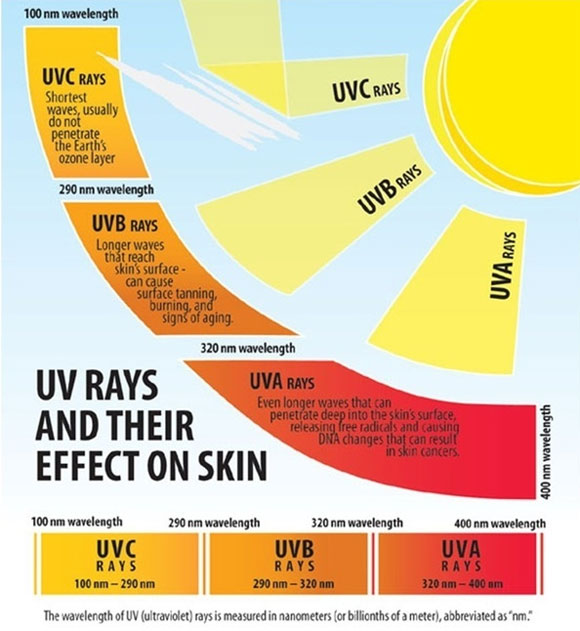 The end of summer may be a bit late to think about this, but have you ever wondered why plants don’t get sunburned?
The end of summer may be a bit late to think about this, but have you ever wondered why plants don’t get sunburned?
Actually, they’ve already thought of that. Plants can make their own sunscreen to protect from harmful solar radiation and yet not interfere with photosynthesis.
Specifically, in 2011 a team of scientists reported in the journal Science that there is a photoreceptor in plants that responds to ultraviolet (UV) light. When exposed to UV-B light, which is the most harmful of the two forms of UV light (UV-A and UV-B), plants modify the photoreceptor protein inside their cells. This leads to a variety of cellular responses, like producing chemical sunscreens that absorb UV-B radiation. Naturally, plants can still be damaged by the sun if their defenses are overwhelmed, but on balance, they do very well to themselves from damage.
The 2011 discovery led to much interest in plant research. It’s theorized that sunscreens may have had a critical role in the transition plants made from living in the sea to moving onto land roughly 700 million years ago, since UV light is more intense in direct sunlight. Scientists have also found variation, with some tropical species producing high levels of sunscreens continuously and other plants varying production during the day in response to changes in UV light.
What does that mean for us? Perhaps plant-based sunscreens could be adapted for our use, either as a supplement to current products or something entirely new ( https://pubs.acs.org/doi/full/10.1021/acscentsci.8b00433 ). Several such products are already available in Europe. If these new products can be show to be safe and effective, this opens up a whole new category of sun-protection possibilities.
For more information, see “Why Plants Don’t Get Sunburn” by Deanna Conners at http://earthsky.org/earth/why-dont-plants-get-sunburn?. The photo came from that site.
